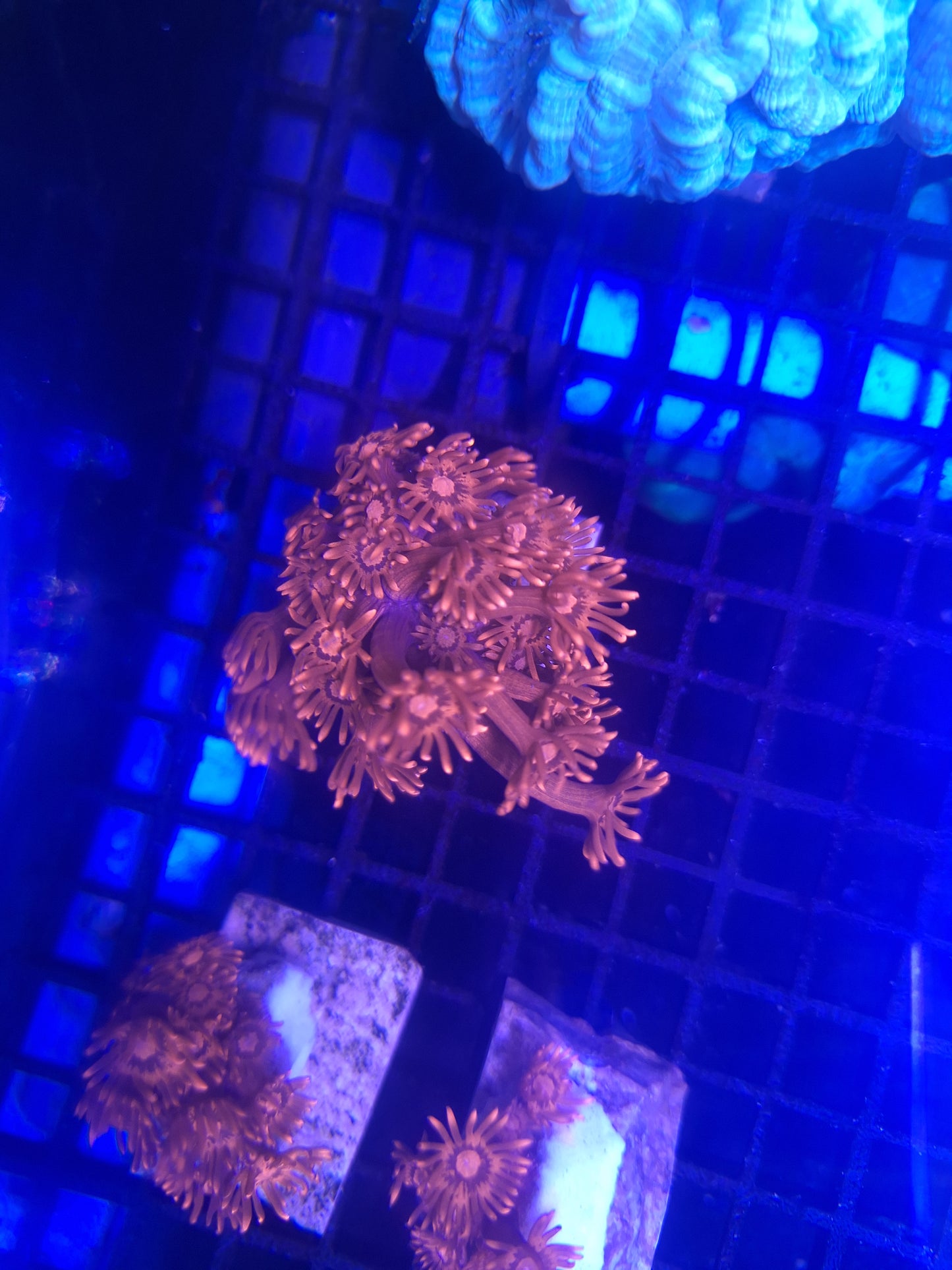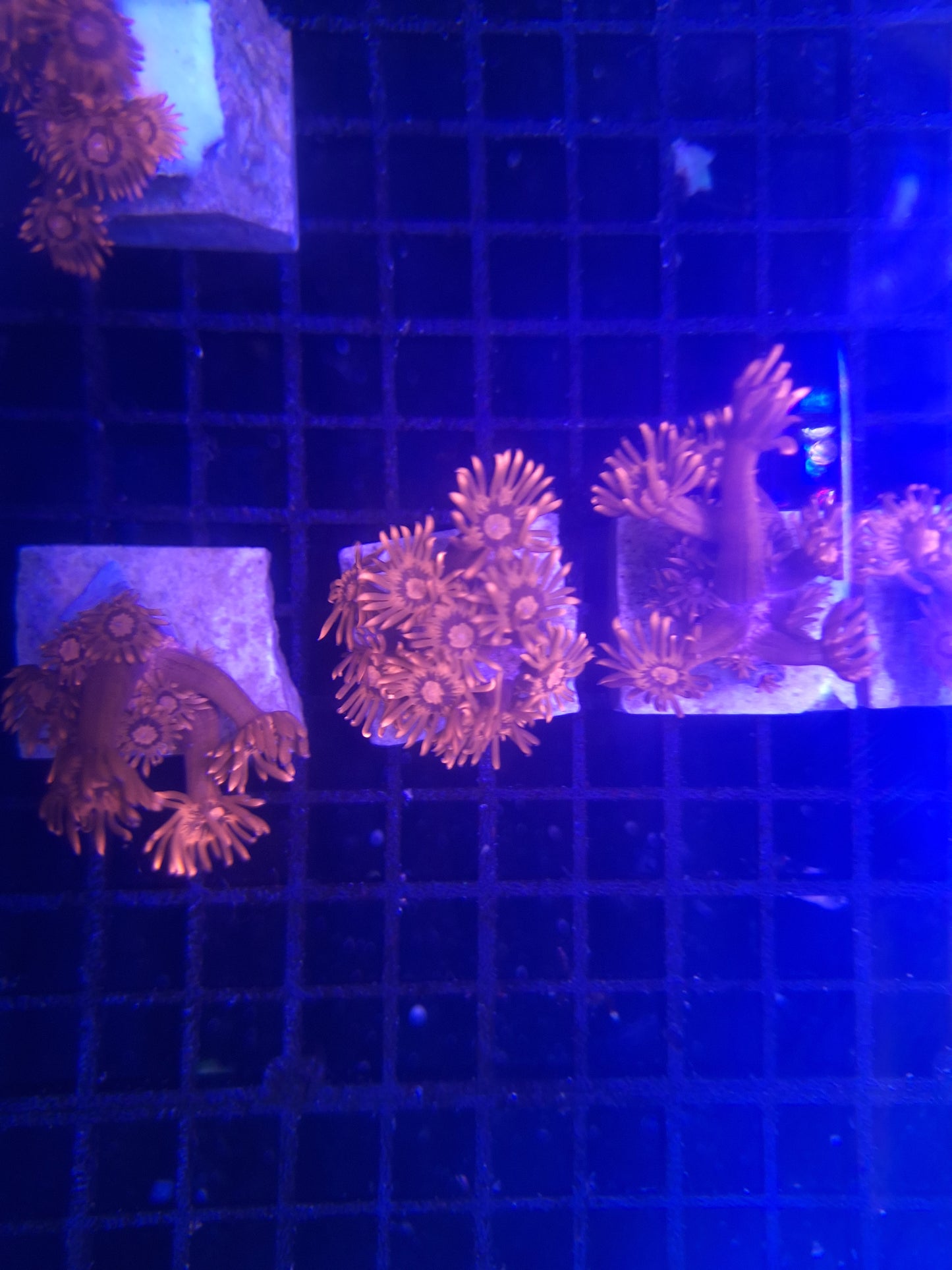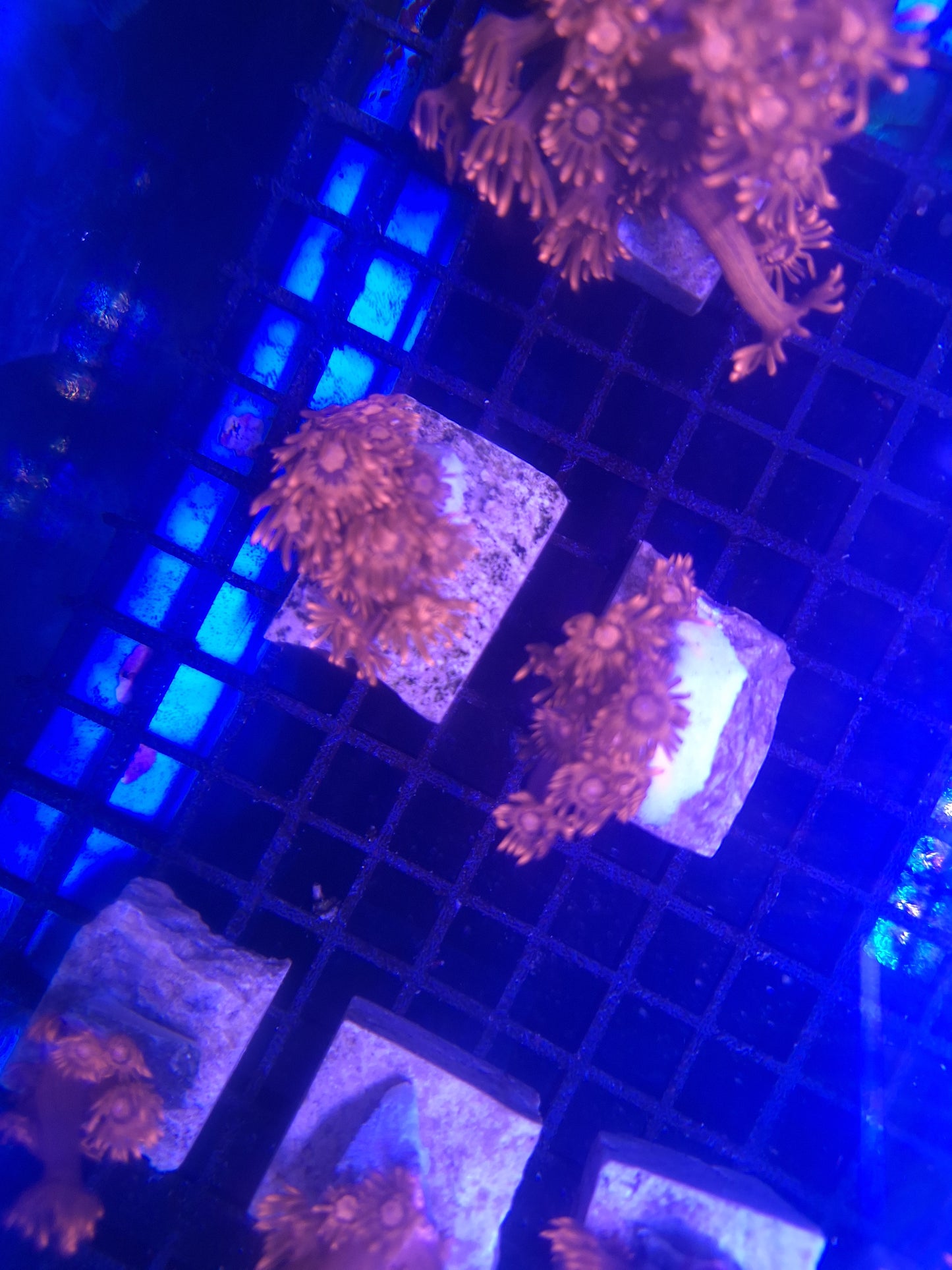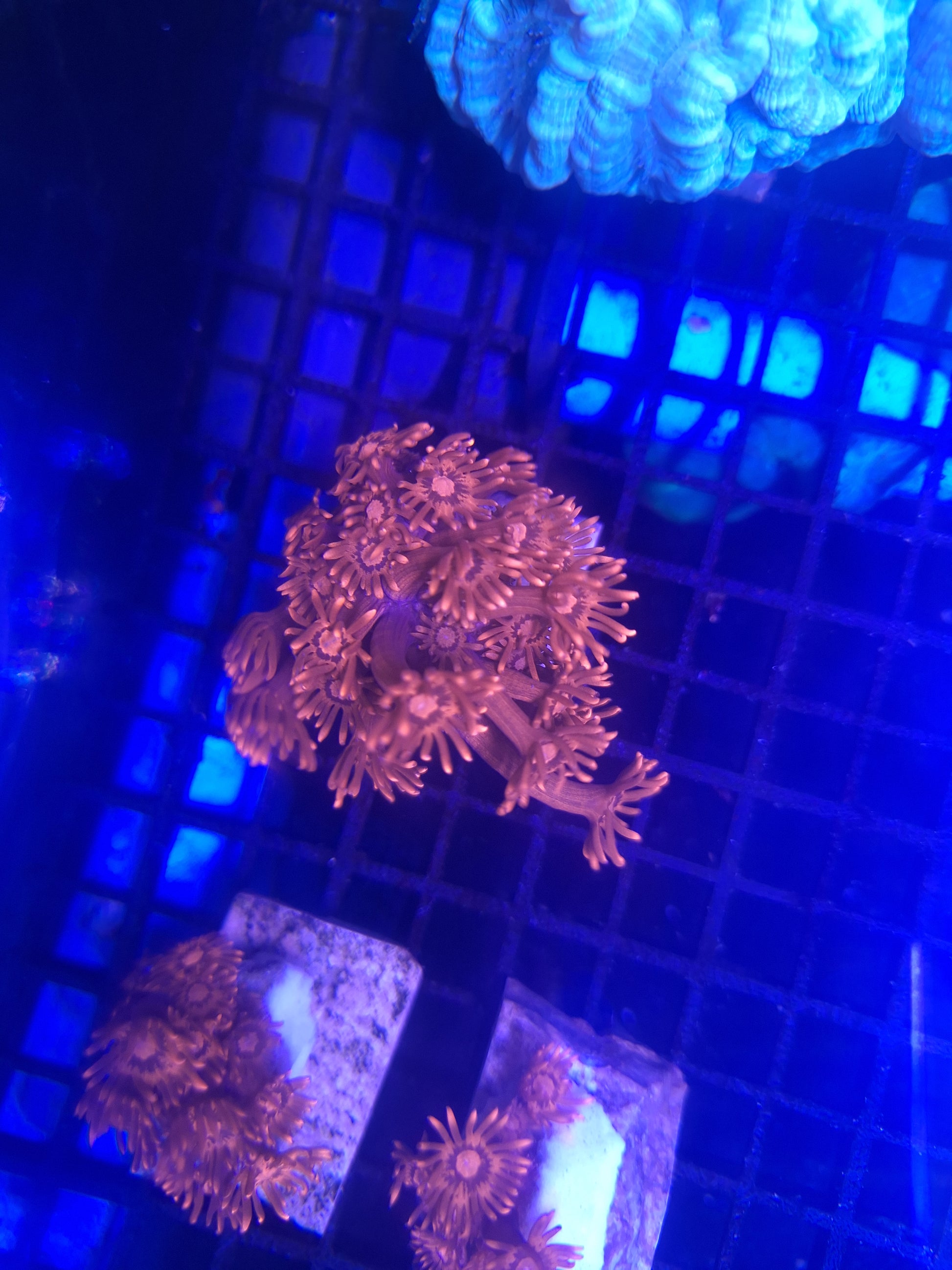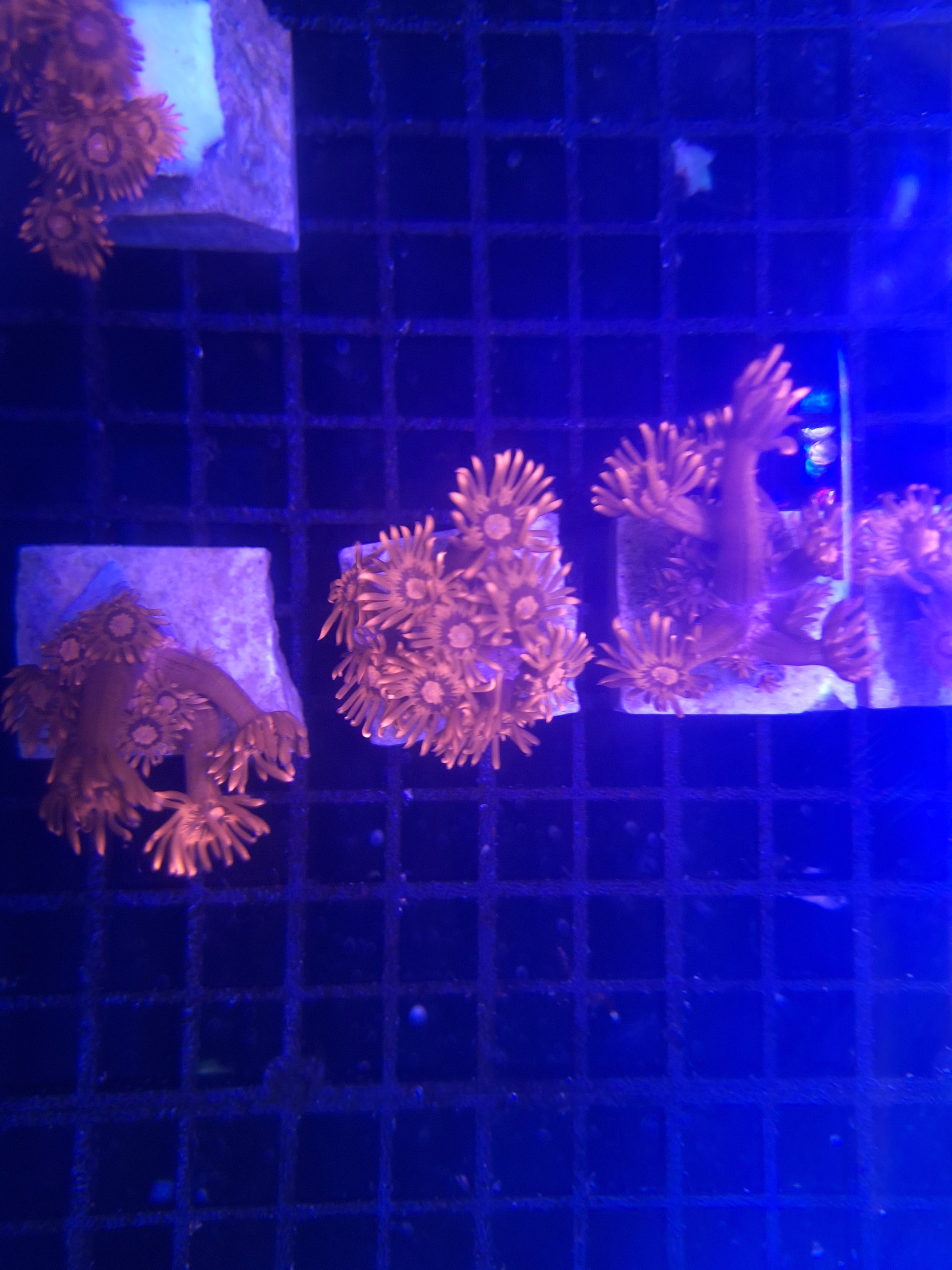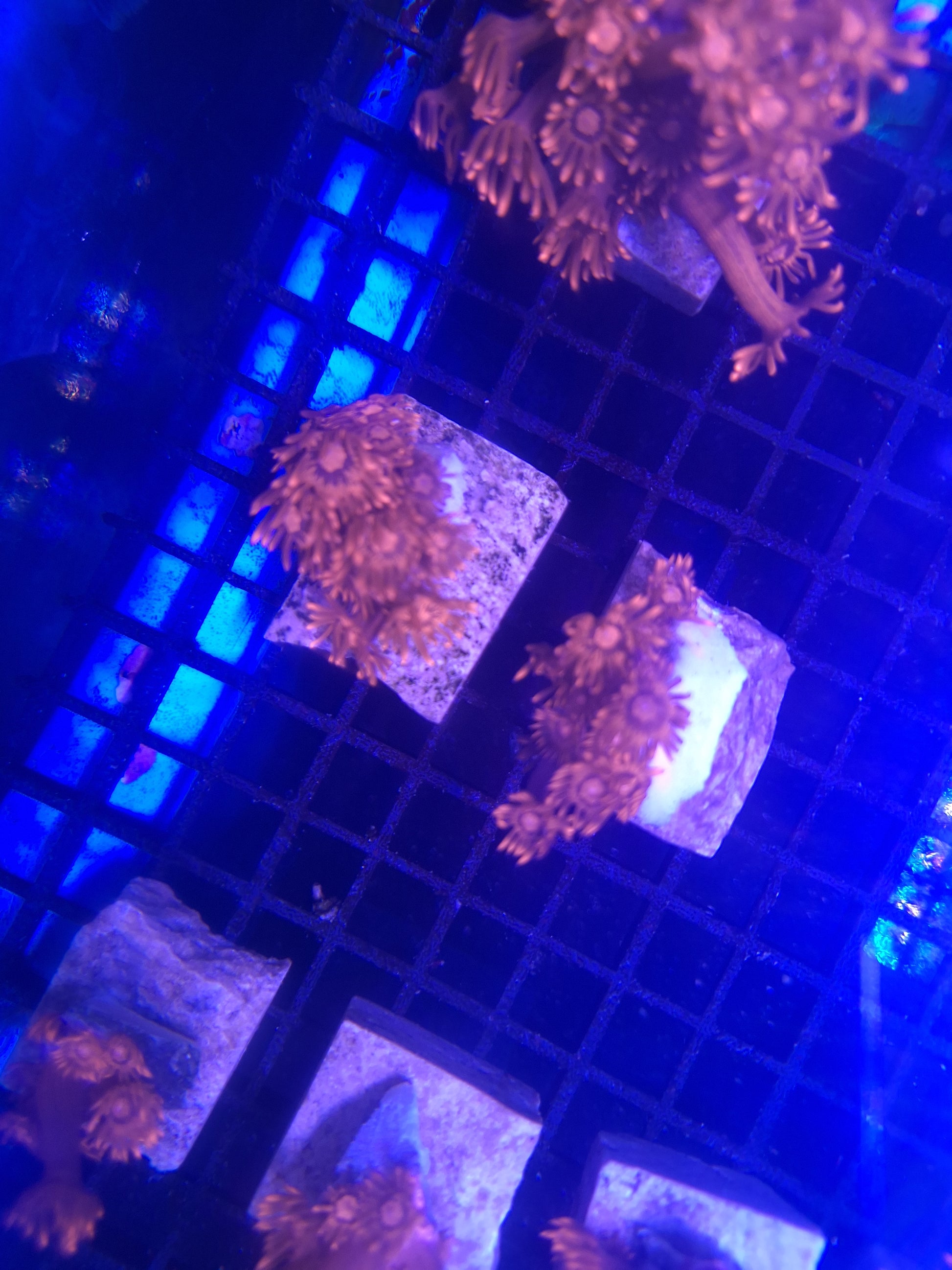Red Goniopora
Red Goniopora
check_circle Fast Shipping
check_circle Quality Products
check_circle Affordable Price
Reach out to us on ''available to order'' items via WhatsApp or email
Low stock: 1 left
Couldn't load pickup availability
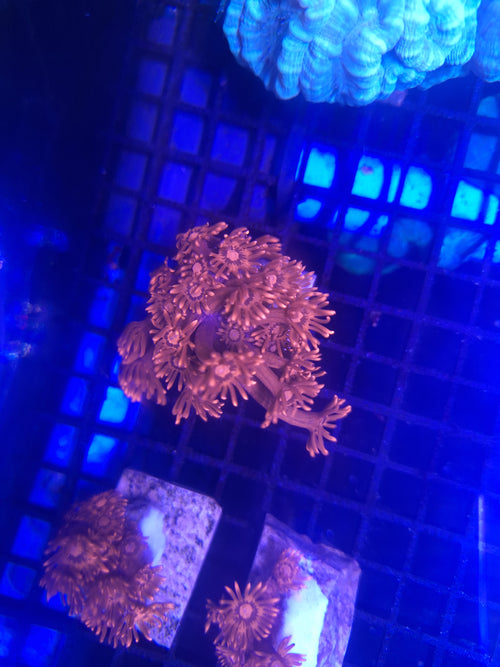
Red Goniopora
package_2
Product Description
Product Description
Red Goniopora Coral (Flowerpot Coral)
Scientific name: Goniopora sp.
🪸 Description
The Red Goniopora, often called the Red Flowerpot Coral, is a stunning LPS (Large Polyp Stony) coral prized for its vibrant deep-red to crimson tentacles and daisy-like polyps. Each polyp extends gracefully from its skeleton, creating a mesmerizing, flower-like appearance that sways beautifully in gentle flow. This coral makes a striking centerpiece in any reef aquarium, adding vivid color and natural movement.
⚙️ Care Level: Moderate to Difficult
Goniopora corals are known for their delicate nature and specific needs, but with stable conditions and proper feeding, modern reef systems can sustain them successfully.
💡 Lighting
-
Moderate to High (PAR 80–150)
-
Best under full-spectrum reef lighting with strong blue channels to enhance coloration.
-
Avoid sudden lighting changes — acclimate slowly to prevent bleaching.
🌊 Water Flow
-
Moderate, indirect flow
-
Enough current to keep the polyps gently waving but not whipping around — too much flow can cause them to retract.
🧪 Water Parameters
| Parameter | Ideal Range |
|---|---|
| Temperature | 24–26°C (75–79°F) |
| Salinity | 1.025–1.026 |
| pH | 8.1–8.4 |
| Alkalinity | 8–9 dKH |
| Calcium | 420–450 ppm |
| Magnesium | 1300–1400 ppm |
| Nitrates | 2–10 ppm |
| Phosphates | 0.03–0.08 ppm |
🍤 Feeding
-
Photosynthetic, but benefits greatly from target feeding 2–3 times per week.
-
Feed with fine coral foods like Reef Roids, Phyto, or Mysis shrimp (finely chopped).
-
Polyps extend more fully when regularly fed.
🪸 Placement
-
Mid to lower areas of the tank.
-
Allow ample space — Goniopora can extend long polyps and may sting nearby corals.
-
Place where it receives indirect but steady flow and light.
⚠️ Notes
-
Sensitive to rapid parameter swings, especially alkalinity.
-
Avoid direct contact with aggressive corals.
-
Regular small water changes and trace element supplementation (especially iron and manganese) promote long-term health and growth.
Red Goniopora Coral (Flowerpot Coral)
Scientific name: Goniopora sp.
🪸 Description
The Red Goniopora, often called the Red Flowerpot Coral, is a stunning LPS (Large Polyp Stony) coral prized for its vibrant deep-red to crimson tentacles and daisy-like polyps. Each polyp extends gracefully from its skeleton, creating a mesmerizing, flower-like appearance that sways beautifully in gentle flow. This coral makes a striking centerpiece in any reef aquarium, adding vivid color and natural movement.
⚙️ Care Level: Moderate to Difficult
Goniopora corals are known for their delicate nature and specific needs, but with stable conditions and proper feeding, modern reef systems can sustain them successfully.
💡 Lighting
-
Moderate to High (PAR 80–150)
-
Best under full-spectrum reef lighting with strong blue channels to enhance coloration.
-
Avoid sudden lighting changes — acclimate slowly to prevent bleaching.
🌊 Water Flow
-
Moderate, indirect flow
-
Enough current to keep the polyps gently waving but not whipping around — too much flow can cause them to retract.
🧪 Water Parameters
| Parameter | Ideal Range |
|---|---|
| Temperature | 24–26°C (75–79°F) |
| Salinity | 1.025–1.026 |
| pH | 8.1–8.4 |
| Alkalinity | 8–9 dKH |
| Calcium | 420–450 ppm |
| Magnesium | 1300–1400 ppm |
| Nitrates | 2–10 ppm |
| Phosphates | 0.03–0.08 ppm |
🍤 Feeding
-
Photosynthetic, but benefits greatly from target feeding 2–3 times per week.
-
Feed with fine coral foods like Reef Roids, Phyto, or Mysis shrimp (finely chopped).
-
Polyps extend more fully when regularly fed.
🪸 Placement
-
Mid to lower areas of the tank.
-
Allow ample space — Goniopora can extend long polyps and may sting nearby corals.
-
Place where it receives indirect but steady flow and light.
⚠️ Notes
-
Sensitive to rapid parameter swings, especially alkalinity.
-
Avoid direct contact with aggressive corals.
-
Regular small water changes and trace element supplementation (especially iron and manganese) promote long-term health and growth.
